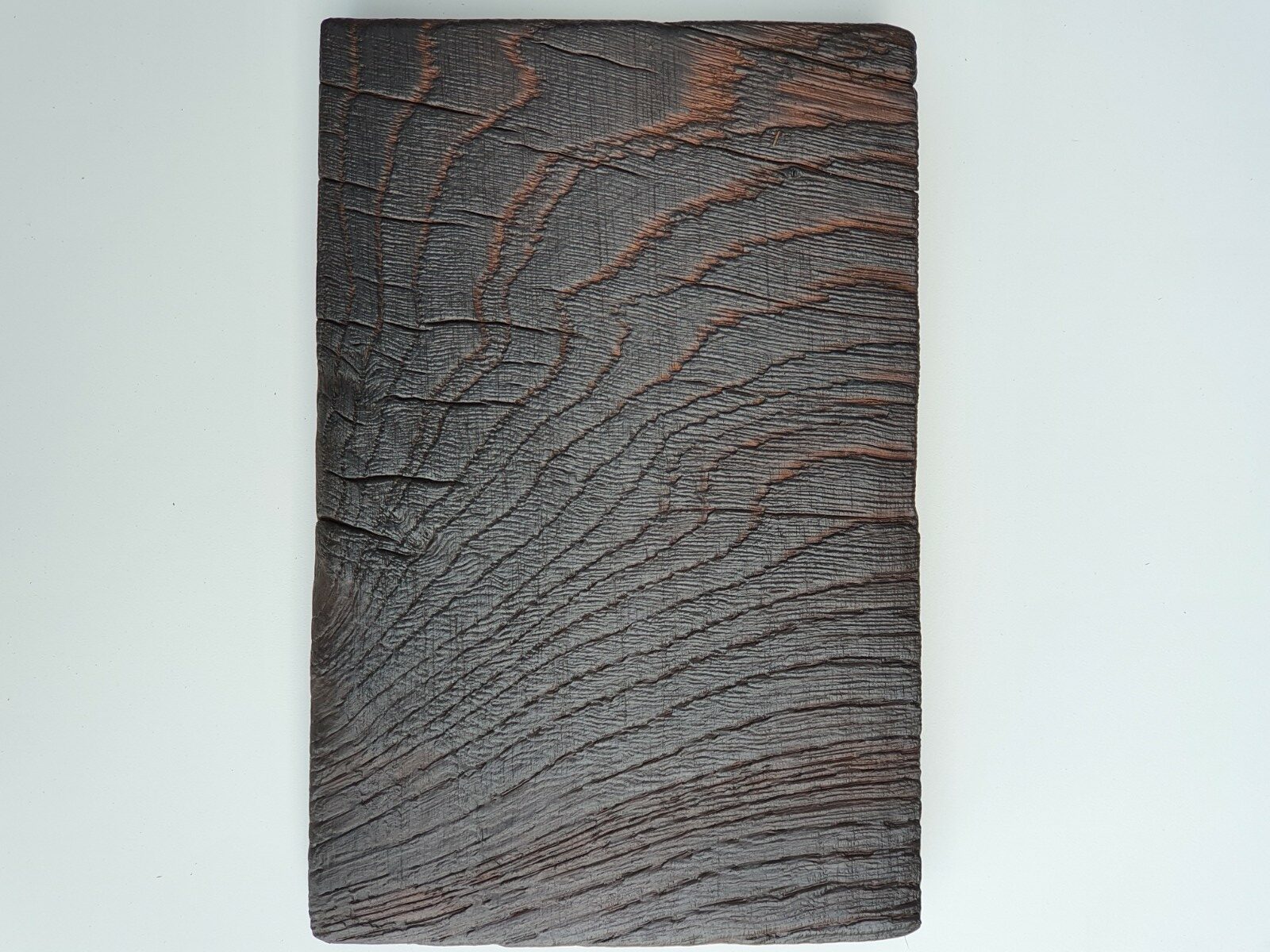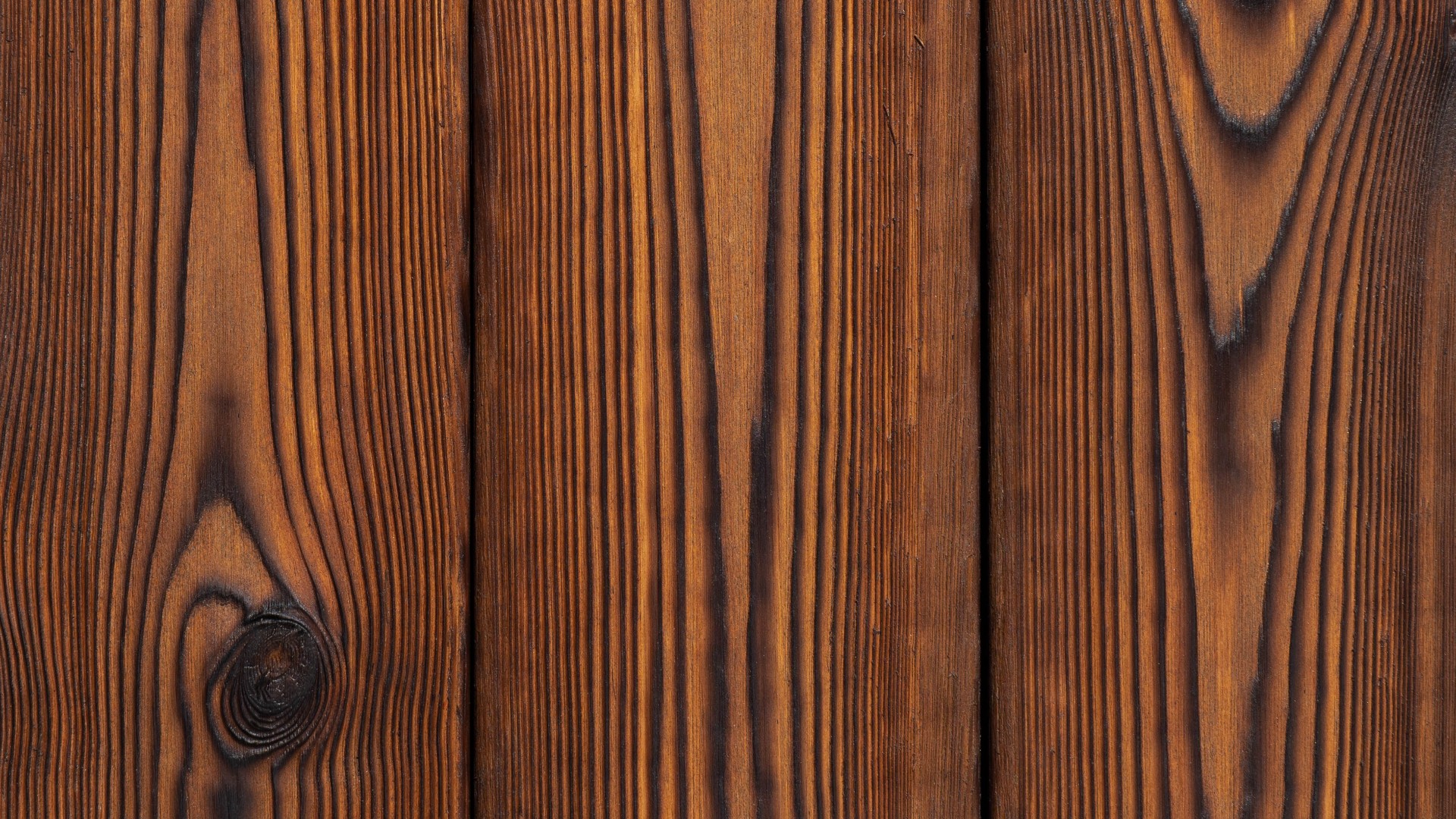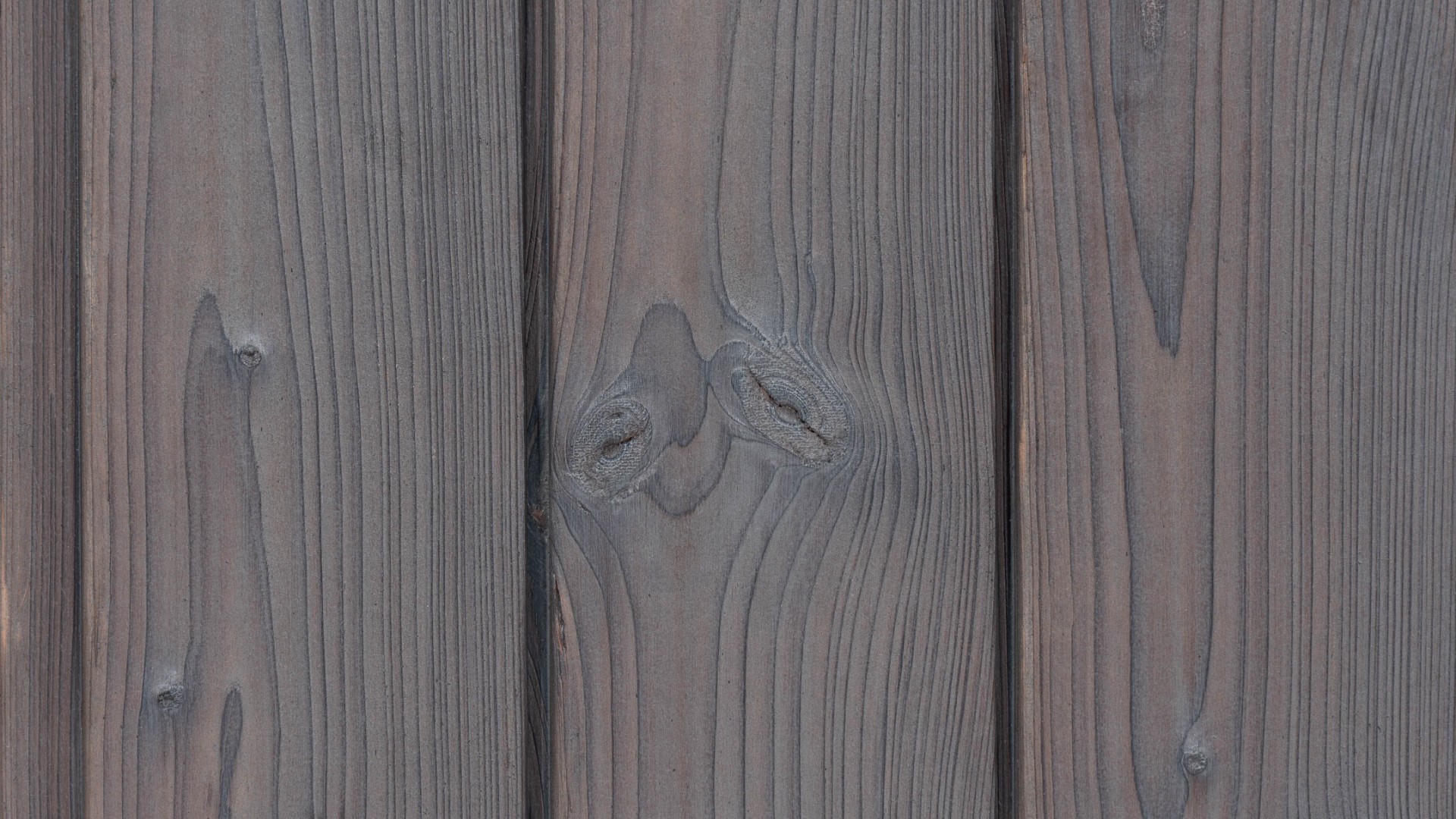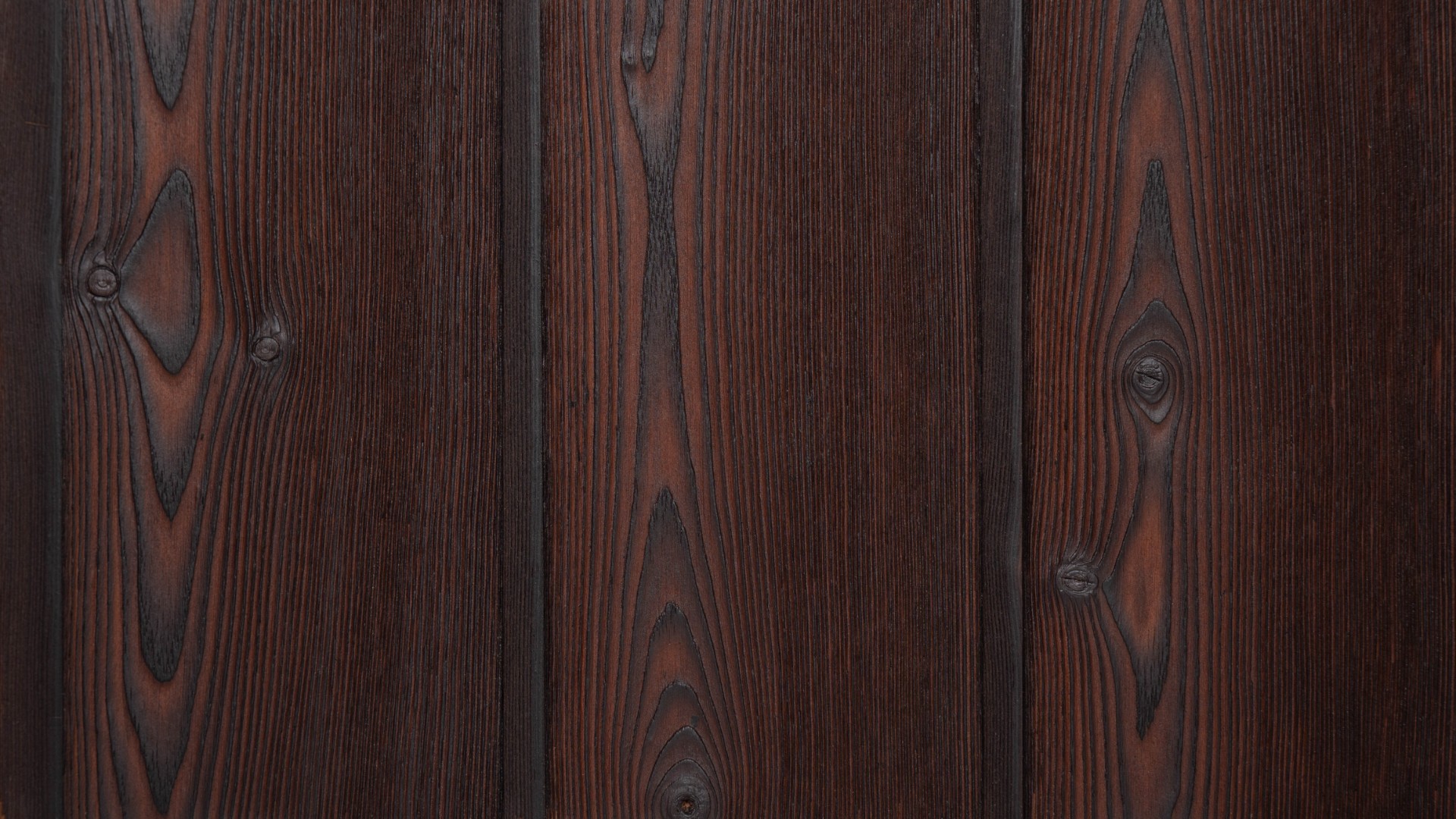Shou Sugi Ban Maple
Shou Sugi Ban is becoming more and more popular these days for a host of good reasons. Developed in 18th-century Japan to preserve cedar for charred wood siding, it is now used to treat furniture, decking, flooring, fencing, siding, and more. In this process, also known as Yakisugi, the wood is charred with a flame, cooled, cleaned, and finished with natural oil. This burnt wood is resistant to insects, fire, and external elements such as rain. It is environmentally friendly because no chemicals are needed. Most importantly, Shou Sugi Ban brings out the wood’s natural beauty for truly unique interior and exterior solutions.

Maple – Is It the Right Material?
Maple is considered a hardwood. You will see maple used to make cabinets, high-end furniture, or floors. It is a dense, robust wood with a fine, straight grain. Unfortunately, maple does have some drawbacks if we consider Shou Sugi Ban or external use in general. Maple and other hardwood varieties can suffer in regions with high humidity or extreme temperature changes. These types of conditions can cause maple to expand, contract, warp, or even split. For these reasons, many people choose maple for interior solutions and go with something more suitable outdoors. Shou Sugi Ban does a wonderful job of highlighting the natural grain and texture of wood. However, maple has small pores and a tight, straight grain, which results in a rather uniform, almost bland result in the final charred timber. That might be the subtle look you want, but other wood choices are far more popular for this treatment.

Best Alternatives for Shou Sugi Ban
Softwoods are generally preferred for Shou Sugi Ban. The classic example is cedar. “Sugi” is the Japanese for cedar, hence the name. If you want a new deck, a fence, some siding, or a wooden floor, there are also other options to choose from.
Pine
Pine is a great choice. It has a more obvious grain than some wood and can be used with a mild char to bring out the color and enhance durability. A heavier char works great for a darker finish and makes it more durable for exterior cladding. Pine is easy to use with paints or stains, normally giving a smooth finish. It’s also cheap to produce, coming in at a lower price point to reduce your project’s overall budget.

Spruce
Being a member of the same family, spruce has similar properties to pine. It looks equally beautiful and works well with paints and stains, too. An added advantage to spruce over pine is that you can find longer pieces. Depending on the size of your house, this might be a necessary factor for cladding. You could choose pine for your deck and spruce with a slightly different Shou Sugi Ban process for your cladding to create a nice contrast.

Accoya
Accoya has the versatility and added durability to make it an excellent choice for a wide range of projects. It’s a modern wood option suitable for windows, doors, decks, and many other things. Accoya can be more expensive than other options. However, if you consider the benefits of easier maintenance and the peace of mind that comes from higher durability, you can view it as a cost-effective, longer-lasting option.

Larch
Larch is another fantastic option. It is also classed as a softwood, but its slower-growing trees make it very dense. This characteristic gives it a natural ability to resist moisture penetration and stops it from warping. Larch is a suitable choice for a more natural look that stands up very well in wet climates.

Burnt Wood – Where to Order?
Degmeda.eu provides quality charred wood solutions for many different types of projects. We also ship worldwide. Please visit our shop to see options for cladding, flooring, decking, fencing, and look through our catalog to see how we use different timber: Accoya, larch, pine, spruce, and cedar.
Visit our website and our blog for more information and see how this traditional Japanese wood treatment can help you improve your home. Better still, we know each project is unique, so please reach out to us via phone or email. We offer expert advice to narrow down the options and choose the best solution for your beautiful home.
You may also like our new articles: